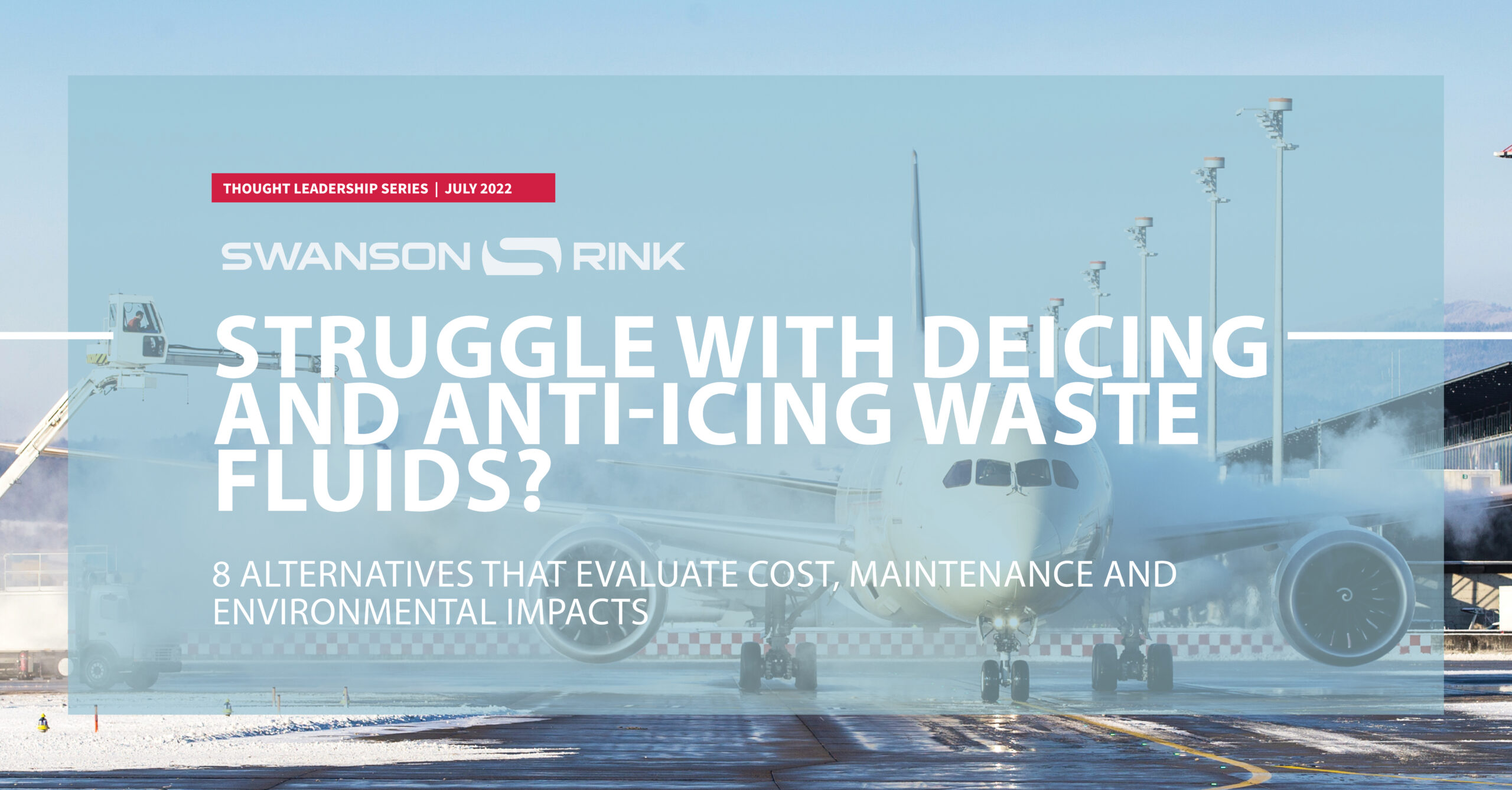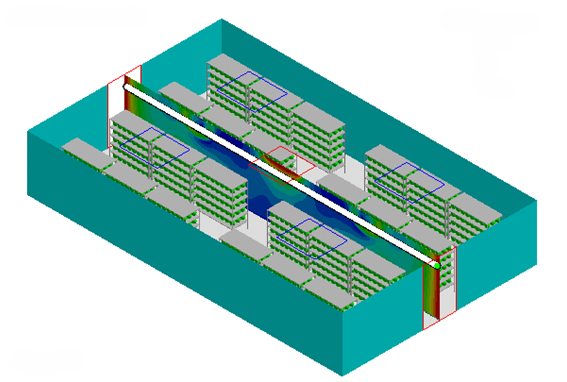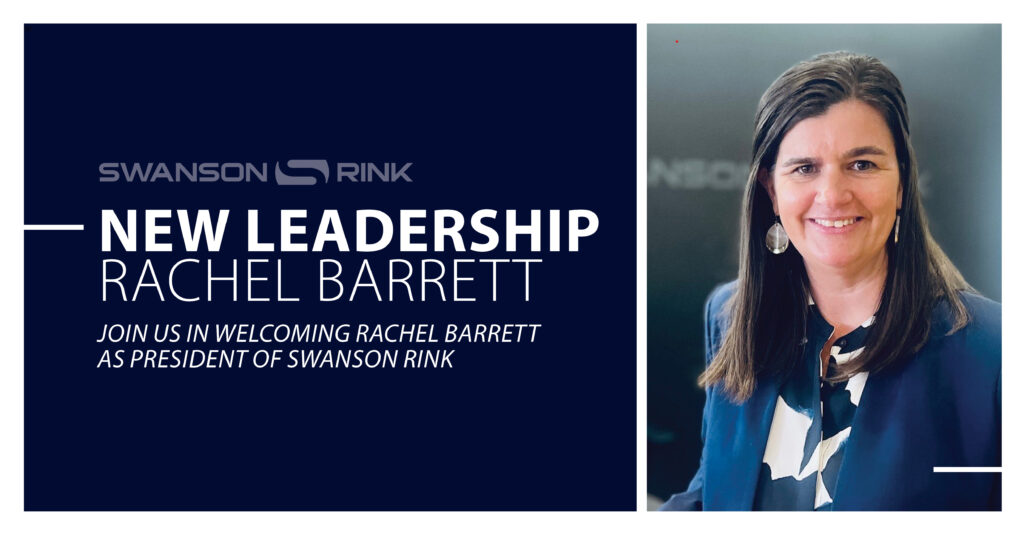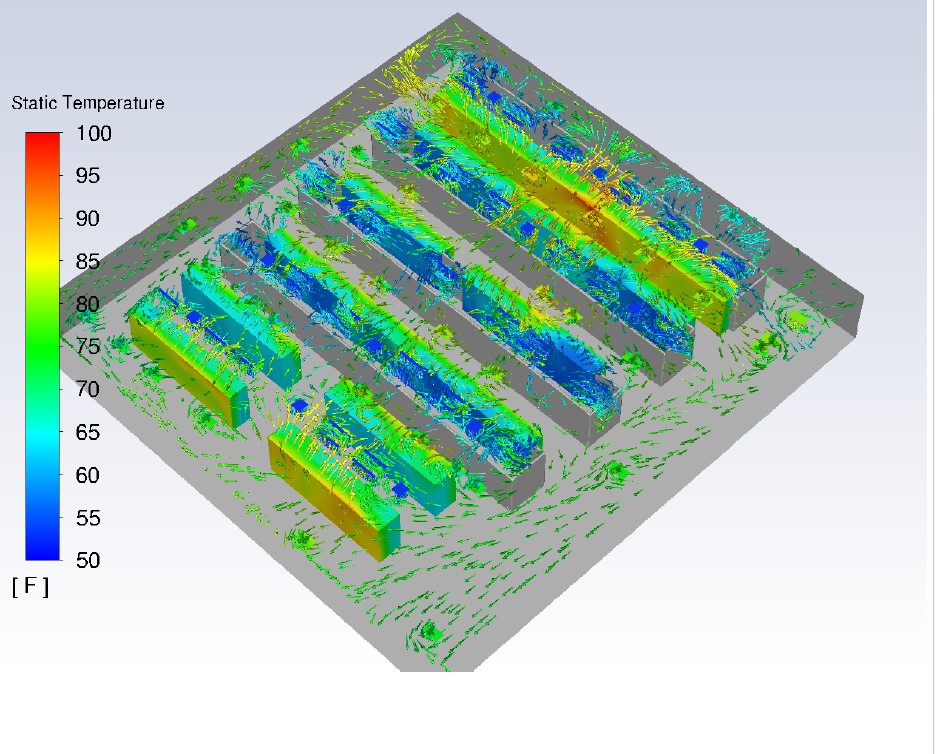EAGLE COUNTY CASE STUDY
While deicing and anti-icing glycol-based products are biodegradable, spent fluid that reaches habitable streams can adversely affect fish and other aquatic life. Disposal processes require large quantities of dissolved oxygen (DO) for microbial decomposition and additives that enhance deicing performance are non-biodegradable and toxic. As a result, airport operators are constantly on the hunt for cost-effective and environmentally sound solutions to dispose of waste deicing and anti-icing products.
Currently, many airports process deicing and anti-icing waste via managed drainage to underground storage and then transfer to local landfills, which still has environmental impacts. Others have successfully dealt with disposing of waste deicing fluid without harmful effects to the local ecosystem, but few have found a financially successful solution.
Our team recently worked with Jviation on a ramp improvement project for the Eagle County Regional Airport (EGE) that serves Vail and Beaver Creek ski resorts. Our task was to identify viable waste disposal alternatives and evaluate cost-of-ownership, considering first costs, operating costs, and major repair/replacement cost for a life expectancy of 20 years.










